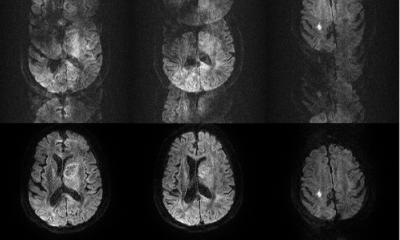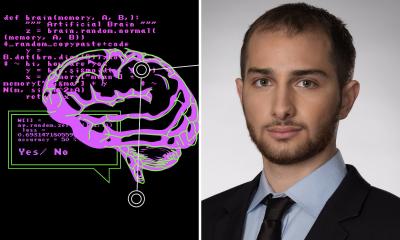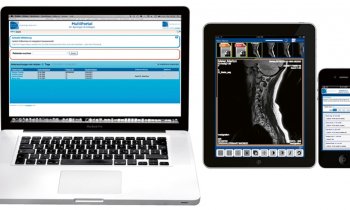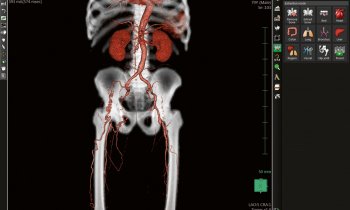Secure, dynamic networking during surgery
OR.NET – a large-scale project funded by German Research Ministry has international implications
Operating theatre (OT) equipment is increasingly distributed and interconnected, and the staff depends on IT to access and exchange vital information.
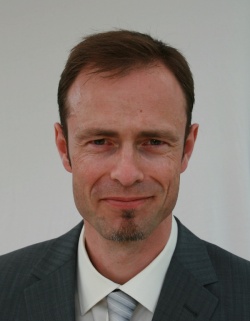
The heterogeneity of devices and proprietary formats have led to major barriers in data flow and significant complications when replacing devices or adapting the device setup to other interventions.
OR.NET, a three-year collaborative project funded by the German Research Ministry, aims to create transparency and interoperability in OTs with networked devices. In our interview, Dr Andreas Zimolong, CEO of German consulting company Synagon, and head of one of the sub-projects, described approaches and aims.
‘The project elements,’ he explained, ‘include the assessment and development of machine-to-machine (m2m) communication technology; the application and development of standards; the evaluation of conformity assessment procedures for the networked medical devices regarding the legal framework, and operating networked medical devices regarding safety, effectiveness, as well as data and system security, which is the sub-project I am heading. Manufacturers, researchers, and users are participants as well as large organisations especially active in standardisation.’
A technological challenge
‘The aim is to marry the safety levels achieved today with dedicated medical devices with the emerging modularity of systems in the OT. This is all about devices communicating with one another, e.g. insufflations devices communicating patient status to the anaesthetic device. The aim is to enhance data and device security while enabling flexible communication between devices using an existing infrastructure and still being able to assure patient safety. The standards developed in the project will enable hospitals to replace devices without having to set up totally new communication routes.
‘Today, conformity assessment procedures for networked medical devices need to be repeated as soon as the intended use and/or components involved in the network change. This works fine for devices networked by one manufacturer, but not for distributed systems where several components of different manufactures need to interact to achieve an intended use.
‘In contrast to classic, stand-alone active medical devices, the cycle of innovation spins up the more IT components are involved. This is the case especially in networks, where transmission and storage of data are key properties of IT equipment. To address this need for fast and simple replacement of the different components of the medical device network, standard interfaces are developed that map the relevant properties of the networked device. Thus, plug and play of the devices is enabled, as after replacement of a device, the new device represents itself with the same standard interface as the old one towards the medical device network.’
How manufacturers cope
‘Key to this are standards of the interfaces that embrace semantic as well as syntactic specification of m2m communication. First, interactions and communication need to be standardised. Second, there is a need to deliver abstract descriptions of the components so they can be replaced. This helps include more components in the pool of candidates.
‘However, established standards, such as HL7 and DICOM, might impose too much overhead on small devices for m2m communication, and additionally these kinds of standards need to be more specific regarding aspects such as authentication and security of communication. Other standards, such as IEEE 11073, provide a good basis for m2m communication, but lack specifications for the hospital and especially the OT environment. Promising approaches are based on the framework of a service-oriented architecture and, where demonstrated by previous projects, e.g. the ‘Smart Operating Room’ project.
‘One of the sub-projects aims to evaluate the suitability of existing standards. Any need to alter existing or to develop new standards, as identified by the project, will be channelled to the international standardisation bodies. In the end, manufacturers can rely on an approved approach to standardised interfaces for networked medical devices.’
Challenges network operation
‘The sub-project I’m in charge of focuses on operation of medical device networks. Starting with ISO 80001 and in the context of a plug and play network, we ask questions such as “How exactly is the process of replacing devices organised?”, and “How can adherence to that described process be ensured?”.
‘In addition to safety issues, operating bodies – the hospitals – need to inquire about effectiveness, including communication with HIS, RIS, and PACS solutions, etc., and we look at data and systems security.
‘Manufacturers involved in this sub-project want to know more about their role in the operation of medical device networks and how they may contribute to risk management for IT networks incorporating medical devices. As an example, they may deliver real-time checked and approved updates of system software delivering all necessary security patches.
‘Hospitals and manufacturers work together to find answers. Interested parties are invited to join in on this sub-project.’
26.02.2013




